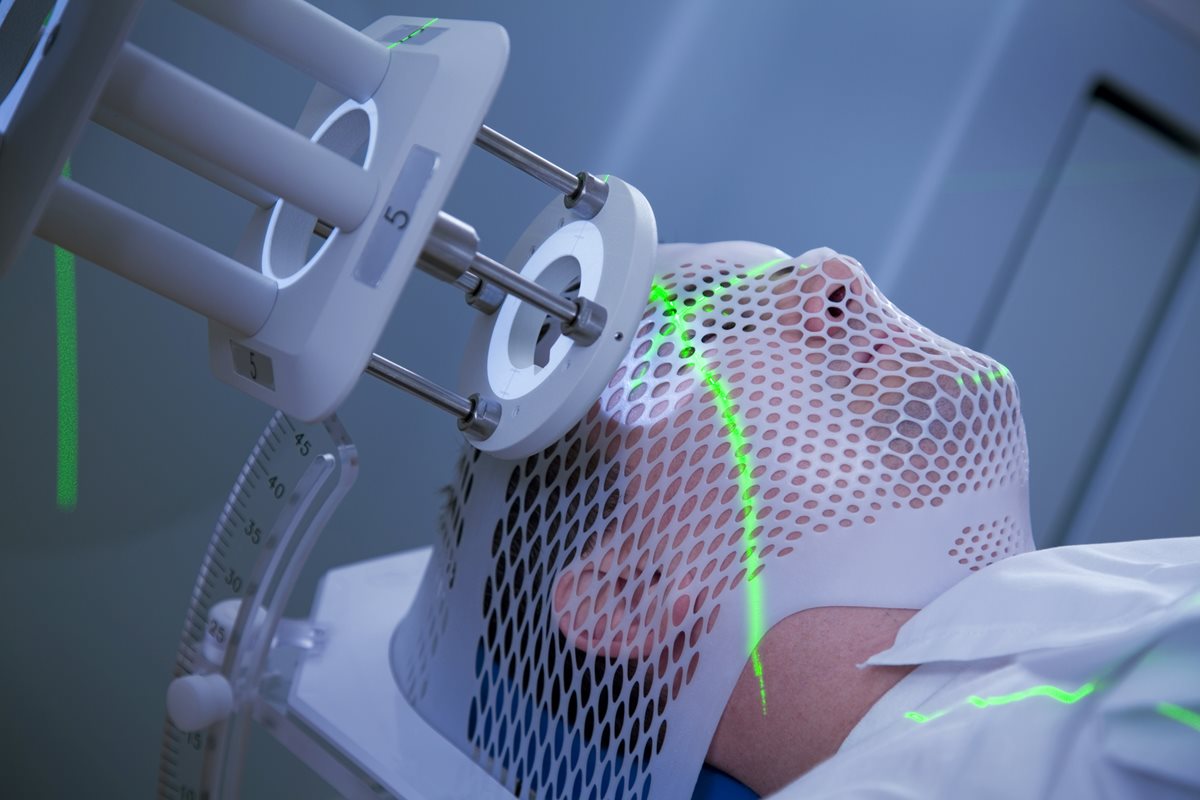Developing a robust research culture in a small radiotherapy department with limited resources; improving a Category 1 patient’s pathway from diagnosis to first treatment; and robust optimisation for SABR lung planning, were the three presentations in the Short Papers series at UKIO Online 2020, chaired by John Burton, therapeutic radiographer at NHS Lothian, Edinburgh.
Breaking down barriers to research
Building the research capability and capacity of therapeutic radiographers in a small radiotherapy department, was the subject of a presentation by Kirsty Farnan, treatment advanced practitioner, NHS Tayside, who described a project which aimed to investigate how transferring knowledge between advanced practitioners and radiographers will help to build upon research capability and capacity.
“NHS Scotland’s research strategy has sparked many successful clinical trials which have notably impacted the radiotherapy world, and SCoR’s own strategy aims embed research within the four pillars of radiography practice at all levels. However, as a small department with limited resources, embedding research into practice can present a challenge but it is a must for quality patient-centred care,” Kirsty told delegates.
Challenges
- Limited resources
- Four advanced practitioners with busy roles
- No dedicated research radiographer role
- Staff lack confidence
Key take-aways
- Identify barriers
- Work with the resources you have
- Understand how the skills that you already have can be transferred to research
- Leadership and vision vital
“Experience in undertaking research has allowed the advanced practitioners to develop a skillset which is transferable and supports a departmental research culture,” Kirsty said.
Improving the pathway for patients
Nicola Twynam, radiotherapy physicist at Cambridge University Hospitals Trust, described work in the past year in her presentation, Improving patient pathways: 17 days from referral to radiotherapy treatment at Addenbrooke's Hospital’.
“The initial motivation was based on the 2019 service specification that each provider should aim to treat Category 1 service users within 17 days, from date of decision to treat with radiotherapy (radical treatments for lung, oesophagus, bladder, squamous cell carcinoma of head and neck, and cervix cancers). However, the real motivation, the same as everyone should have, is that we should aim to do the best for all our patients,” Nicola said.
Improvements included:
- Electronic referral
- Patients escorted to reception to book appointments after their initial clinic appointment
- Arranged timely blood tests before CT (if needed)
- Held some CT slots on Thursday/Friday for H&N patients seen on Wednesday
- Increased number of plans signed by planning staff instead of clinicians
- Start treatments mid-week where feasible
Challenges
- Overcoming our own reservations regarding change
- Concerns for our staff morale and workload
- Possible knock on effect to our other patients’ schedules
Successes
- We got everyone together to do something we all wanted to do
- We have significantly improved the median time to treatment for our head and neck patients
- We have greatly improved the percentage of both our head and neck and gynae patients treated within 17 days
- We didn’t affect our other patients’ treatment waits
Optimisation for SABR lung planning
The final presentation was by Zoe Walker, University Hospital Coventry and Warwickshire, who focused on a study to evaluate different methods of robust optimisation for SABR lung planning using the two methods provided by the RayStation treatment planning system.
“Traditionally, PTVs (planning target volumes) are used to account for patient set-up uncertainties in radiotherapy planning. This can be a problem for lung planning and robust optimisation within the optimiser may be beneficial in these cases,” Zoe said.
Conclusions
- 3D robust plans are comparable to PTV-based plans in terms of GTV (gross tumour volume) coverage and OAR (organs at risk) doses
- 3D robust plans are more robust against setup errors than PTV-based plans
- 4D robust plans are worse GTV coverage but lower OAR doses
Further work
- Repeat for more patients to confirm findings so far
- Repeat for patients with larger tumour motion
- Extract breathing traces from 4D CBCT (cone beam computed tomography)
- Programme an in-house phantom with the breathing traces and deliver the different types of plan
“I would advise that if you have a tool like RayStation, then give it a go. It took a lot of thought than we originally anticipated to properly evaluate and we would be really interested to hear what other centres are doing, and your results if you are using anything similar clinically,” said Zoe.
Watch the Radiotherapy Treatments event and access all other UKIO Online 2020 presentations.
